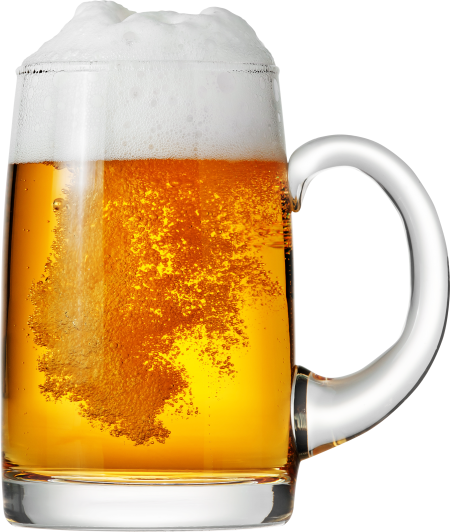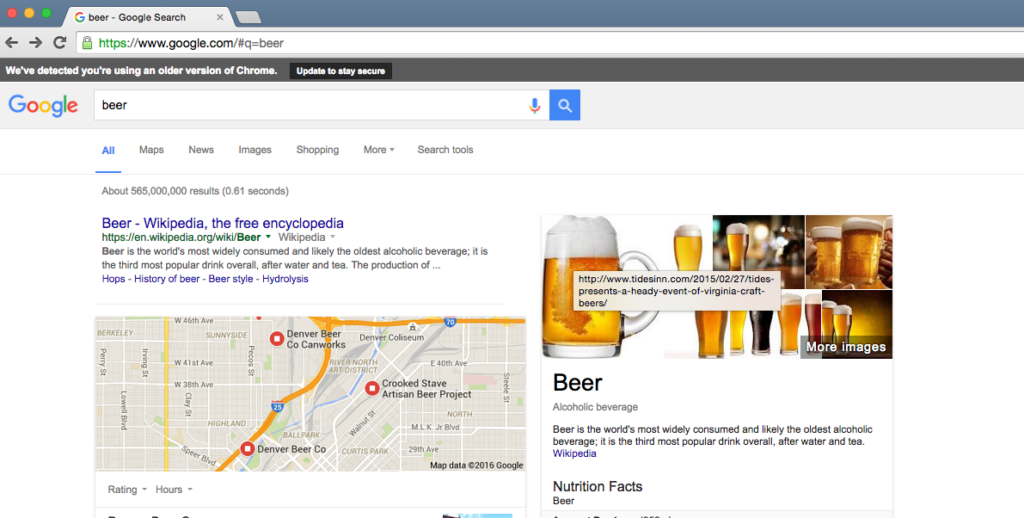
Some days, life as a search engine marketer can be trying. Others, are filled with beer and exciting Google Analytics mysteries. On this particular day in February, I was mining organic data for a resort client on Chesapeake Bay, The Tides Inn, when I came across some strange queries; search terms like “beer” and “cerveza” generating hundreds of thousands of impressions and clicks to this blog post about a craft beer event that happened over a year ago.I had no choice but to go down the investigative rabbit hole. Surely this was some mistake. Was it a huge event I was unaware of? Did they promote the heck out of it? Am I the best SEO in the world? And although that is a lovely notion, after some digging through Analytics and reaching dead ends in social media, I was able to track it all back to this photo ranked #1 in Google Images —


Not a bad looking mug. But what did we learn?
- The unsung hero of this tale? The alt image tag. Alt tags are a best practice for all images on your site because they provide the content in a different format to help our blind friends who require screen reader assistance. Generally, the alt attribute should be a phrase that describes the content and/or purpose of a given image. Alt tags also help search engines interpret images; in this case, the alt text “beer mug” was the first step to becoming Google’s #1 beer image. No matter what anyone tells you, fundamentals matter!
- Not surprisingly, there is no revenue associated with these “beer” queries; the traffic generated is not exactly what we were shooting for, though it likely heightened brand awareness. But imagine leveraging this anomaly for more relevant search terms, like “Chesapeake Bay vacation”. User experience aside, using appealing, high-quality images on your website is important and can be fruitful.
- What some may call a wasted afternoon, I call a learning opportunity. In the era of Google RankBrain and the often enigmatic nature of search engine optimization, we have to get creative. We have to be intimate with the data and take the time to fully grasp what it is telling us.
So there you have it! Next time you notice something unexpected in your analytics, use it as an opportunity to dig in and learn something new. And hey, while you’re at it, might as well crack open that beer you’ve been eying.






